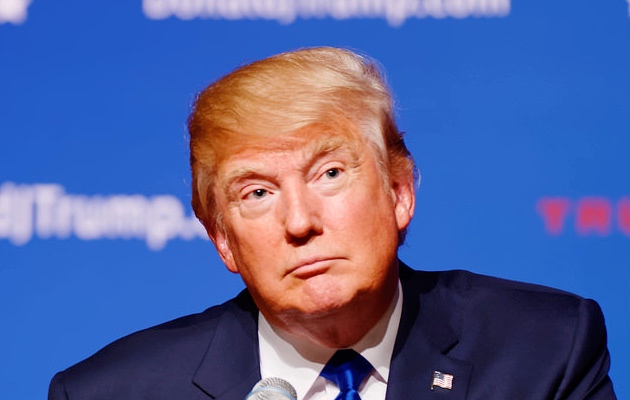[ad_1]
After reports as late as Wednesday night suggested that the president and Congress had agreed on a plan to keep the government funded through Feb. 8, the deal fell apart Thursday, when president directed House Republicans to pass a funding bill that includes money to fund the expansion of the southern border wall.
The bill passed the House and has now been sent to the Senate, where there doesn’t appear to be enough support for passage, setting the stage for a partial shutdown at midnight Friday. President Trump is gearing up for the fight, tweeting that it will be the Democrats fault if a shutdown ensues.
Those fears helped to exacerbate Thursday’s stock market volatility, and are weighing on investor sentiment Friday as well.
But such concerns are likely overblown, according to an analysis from LPL Financial Research (see table below), which shows that over the previous 20 government shutdowns since 1976, the median performance of the S&P 500SPX, -0.96% was exactly 0%, with stocks rising half the time and falling the other half. The average performance during those periods was a decline of 0.4%.
Meanwhile, the stock market has performed much better during recent shutdowns, with the S&P gaining ground during each of the last five government shutdowns going back to the 1995 standoff between President Bill Clinton and a Republican House led by Newt Gingrich.
This isn’t to say that government shutdowns are good for the stock market, or the broader economy, either. Since 1976, the S&P 500 averages a daily gain of 0.04%, according to Dow Jones Market Data, and this average performance would have beaten the shutdown performances in 16 of the 20 examples outlined by LPL.
But this slight underperformance should be the last worry on investors minds, Mark Stoeckle the CEO of Adams Funds, told MarketWatch. “Events like a government shutdown are just part of the growing noise coming out of Washington that investors should ignore,” he said.
He argued that if history is any guide, any shutdown will be short-lived, and therefore its effect on the economy would so be muted as to barely register in the financial statements of the vast majority of American corporations over the long term.
Of course, this all depends on just how long the shutdown lasts. Longer shutdowns have typically resulted in more pronounced declines in the S&P, with the exception of the 21-day event in 1995.
A 2014 Congressional Research Service report estimated that every week the government is shut down costs the U.S. economy at least 0.1 percentage points of GDP growth. This is a negligible amount during recent shutdowns that have lasted just a day or two, which is the reason for investors to put a shutdown at the bottom of their list of worries.
A very protracted cessation of government activity, as Trump has threatened, however, would be detrimental enough to the U.S. economy that it starts to deplete corporate profits too.
The SPDR S&P 500 ETF Trust (SPY) was trading at $243.44 per share on Friday afternoon, down $2.29 (-0.93%). Year-to-date, SPY has declined -8.41%.
SPY currently has an ETF Daily News SMART Grade of A (Strong Buy), and is ranked #1 of 152 ETFs in the Large Cap Blend ETFs category.
This article is brought to you courtesy of MarketWatch.
[ad_2]
Source link Google News

